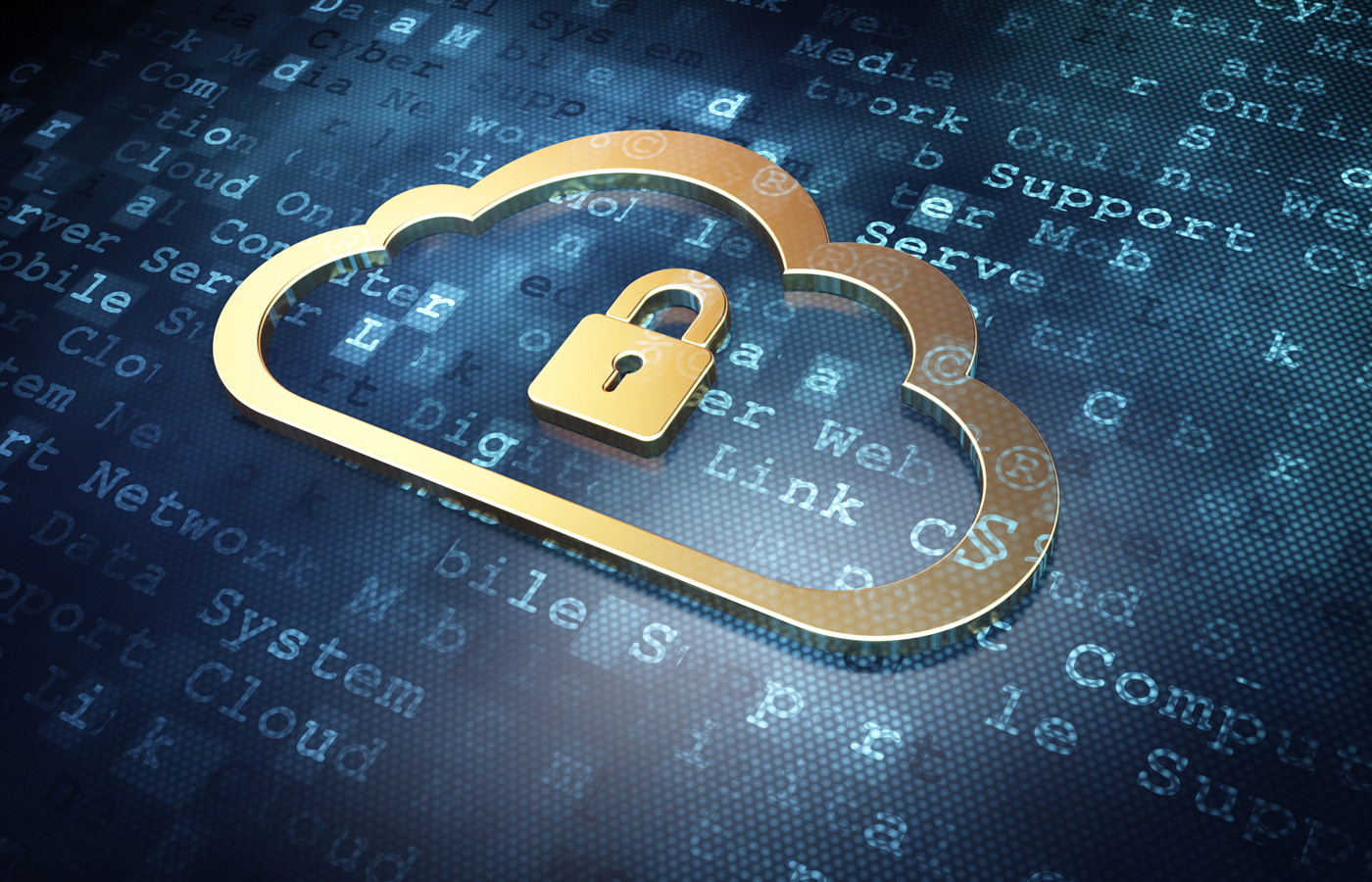Cybersecurity in banking has become the frontline defense against an ever-growing wave of digital threats. With billions of dollars and sensitive data at risk, banks are under constant pressure to stay one step ahead of cybercriminals. So, what are the biggest threats facing the banking sector, and how are institutions safeguarding your financial future?
In this article, we’ll dive into the most pressing cybersecurity concerns and explore the best practices and solutions that are shaping the future of secure banking.
What is Cybersecurity in Banking?
Cybersecurity in banking refers to technologies, practices, and processes designed to protect banks’ digital systems, data, and networks from cybersecurity threats. Banks now manage enormous amounts of sensitive information, including customer financial data, personal details, and transaction records. Cybersecurity measures ensure this data is safeguarded against breaches, fraud, hacking, and other forms of cybercrime.
Cybersecurity in banking is about securing the entire digital infrastructure of a bank — from online banking systems to internal databases — against unauthorized access, data leaks, and malicious attacks. Effective IT security for banks is critical for maintaining trust, compliance, and operational stability in an industry increasingly targeted by cybercriminals.
For a deeper dive into the current state of cybersecurity, you can refer to this State of Cyber Security Report, which offers valuable insights into evolving threats and the banking sector’s response.
Why Banks Need Cybersecurity
Banks are some of the most vulnerable institutions when it comes to cyber threats. With vast amounts of sensitive data and financial transactions occurring daily, they present an attractive target for hackers. Cybersecurity is essential for banks to protect not only their operations but also the privacy and trust of their customers.
Below are key reasons why banks need robust cybersecurity measures:
Customer Data Protection
Customer data is at the heart of banking operations. From personal information like Social Security numbers and addresses to sensitive financial details, banks store a treasure trove of data that, if compromised, can lead to identity theft, fraud, and significant financial loss for individuals.
Cybersecurity plays a crucial role in safeguarding this information from unauthorized access. Encryption, firewalls, and secure access controls are just a few of the measures that banks implement to ensure customer data remains protected. When a bank fails to secure this data, financial loss, eroded trust, and damaged reputations are severe.
Maintaining Customer Trust & Reputation
Trust is the foundation of banking relationships. Customers expect their financial institution to handle their personal and financial information properly. Any breach can shatter that trust, leading to customer attrition and long-term reputational damage.
Cyber attacks or data breaches can quickly make headlines, and the public’s perception of a bank can shift overnight. Strong cybersecurity measures are crucial for maintaining trust and ensuring customers feel safe conducting transactions and sharing sensitive information with their bank.
Compliance with Regulations
Banks must adhere to strict data protection and cybersecurity compliance standards in the financial industry is heavily regulated. Laws such as the General Data Protection Regulation (GDPR) in Europe and the California Consumer Privacy Act (CCPA) in the U.S. set strict guidelines for how banks must handle and protect customer data.
Non-compliance with these regulations can result in hefty fines, legal consequences, and a loss of operating licenses. By implementing robust cyber security practices, banks protect themselves from cyber threats and ensure they meet these critical regulatory requirements.
Preventing Financial Loss
A successful cyber attack can lead to significant financial loss for banks. This may include funds being stolen directly from accounts, costs related to system downtime, or the hefty price of repairing damaged systems. Moreover, banks may be held liable for compensating customers affected by fraud or identity theft due to a cyber breach.
Banks can minimize the financial risks associated with cybercrime by investing in advanced cybersecurity solutions. Proactive defense mechanisms such as real-time threat monitoring, multi-factor authentication, and AI-driven threat detection can prevent attacks before they lead to costly consequences.
Protecting Critical Infrastructure
The banking sector’s infrastructure, including online banking platforms, ATMs, and payment processing systems, is a primary target for cybercriminals. A successful attack on these systems could lead to operational disruptions, making customers unable to access their funds or conduct transactions.
Cyber security helps banks protect this critical infrastructure by preventing unauthorized access, detecting anomalies, and mitigating potential threats. Continuous monitoring and security testing ensure these essential services remain secure and fully operational, preventing disruptions that could damage a bank’s reputation and financial stability.
Ensuring Business Continuity
Cyber attacks can cause significant disruptions to a bank’s operations, leading to system outages, lost data, and even a halt in services. These interruptions can be costly in terms of financial losses and the negative impact on customer experience.
Implementing comprehensive cybersecurity measures helps banks safeguard against such disruptions. Having a solid incident response plan, performing regular backups, and utilizing disaster recovery solutions ensure that banks can quickly recover from an attack and continue providing uninterrupted customer services.
6 Common Cybersecurity Threats Faced By Banks
The banking industry faces constant and sophisticated cyber threats as hackers continually evolve their tactics to exploit vulnerabilities. With massive amounts of sensitive financial data and customer information at stake, banks are prime targets for cybercriminals. Below, we explore the banking sector’s most common cybersecurity threats, highlighting real-world incidents and current trends.
1. Phishing Attacks
Phishing remains one of the most prevalent threats in the banking industry. Cybercriminals use fraudulent emails, text messages, or websites designed to look legitimate to trick customers or employees into revealing sensitive information like account numbers, passwords, or personal details. Once they gain access, hackers can steal money, commit identity theft, or infiltrate the bank’s internal systems.
Real-world example: In 2024, a sophisticated phishing network was dismantled after it targeted thousands of Australians, including customers of major banks. The scam involved sending fraudulent emails that appeared legitimate, tricking victims into providing sensitive information such as login credentials. This widespread attack resulted in significant financial losses for those affected, highlighting the ongoing threat of phishing scams within the banking sector.
2. Malware & Ransomware
Malware, including ransomware, is another major threat to the banking sector. Malware is malicious software that can infect bank systems, steal data, or even shut down operations. Ransomware, in particular, locks users out of their own systems or data while attackers demand a ransom to restore access.
Real-world example: In 2017, a notorious ransomware attack known as WannaCry infected thousands of computers worldwide, including those in financial institutions. Several banks were forced to pay ransoms to regain access to their critical data, while others experienced costly service disruptions.
3. Insider Threats
Not all threats come from outside a bank’s walls. Insider threats — whether from disgruntled employees, contractors, or even third-party vendors — pose a significant risk to a bank’s cybersecurity. Insiders with access to sensitive data can intentionally or unintentionally leak information or provide an entry point for hackers.
Real-world example: In 2019, Capital One experienced a massive data breach when a former Amazon employee, Paige Thompson, exploited a vulnerability in the bank’s cloud server to access sensitive customer information. The breach affected over 100 million customers, exposing personal details such as Social Security numbers and bank account information. This incident led to extensive legal actions and significant financial penalties for the bank, underscoring the risk of insider threats and vulnerabilities in cloud security systems.
4. Distributed Denial of Service (DDoS) Attacks
DDoS attacks involve overwhelming a bank’s online services with traffic, causing systems to slow down or crash, rendering services like online banking and payment processing unavailable. These attacks can be particularly damaging for banks, disrupting business operations, frustrating customers, and leaving systems vulnerable to further exploitation.
Real-world example: In 2022, UK financial institutions experienced a surge in DDoS attacks, with several major banks targeted. These attacks overwhelmed their online banking platforms, causing significant service disruptions. Thousands of customers were left unable to access their accounts for hours, leading to widespread frustration and reputational damage to the affected institutions, highlighting the ongoing threat of DDoS attacks in the banking sector.
5. Advanced Persistent Threats (APTs)
APTs are highly sophisticated attacks where cybercriminals gain unauthorized access to a bank’s network and remain undetected for an extended period. The attackers carefully monitor the bank’s systems, gradually stealing data and compromising critical infrastructure. APTs often target larger institutions, where they can cause the most disruption.
These attacks are especially dangerous because they are difficult to detect and can go unnoticed for months, allowing hackers to extract valuable information before the bank even realizes it has been compromised.
Real-world example: In 2016, Bangladesh’s central bank fell victim to an APT attack in which hackers accessed the bank’s systems and attempted to steal $1 billion by manipulating its SWIFT payment system. Although most of the money was recovered, $81 million was successfully stolen, and the incident exposed the vulnerability of even the most secure financial institutions.
6. Third-Party & Supply Chain Attacks
Banks rely on third-party vendors and suppliers to provide various services, from cloud storage to payment processing. Unfortunately, these third-party providers can also be a weak link in a bank’s cybersecurity chain. A cyber attack on a third-party vendor can create a backdoor for hackers to access a bank’s sensitive data.
In recent years, supply chain attacks have become more frequent, with cybercriminals targeting smaller, less secure vendors to gain access to larger financial institutions.
5 Effective Cybersecurity Solutions for Banks
To combat these threats, banks must implement a combination of technological solutions and best practices. Here are five effective cybersecurity solutions for banks:
1. Multi-Factor Authentication (MFA)
MFA adds an extra layer of security beyond just passwords, requiring users to verify their identity with additional methods, such as biometrics or one-time passcodes. This drastically reduces the risk of unauthorized access.
2. End-to-End Encryption
Data encryption ensures that even if cybercriminals intercept sensitive data, they cannot read or use it. Banks must use strong encryption methods for data at rest and in transit.
3. AI-Powered Threat Detection
Artificial intelligence (AI) can help detect and respond to threats in real-time by analyzing vast amounts of data for abnormal patterns. AI is particularly effective at mitigating phishing and fraud attacks.
4. Zero Trust Architecture
The Zero Trust model assumes that all users, devices, and networks are inherently untrustworthy. Banks can prevent unauthorized access and data breaches by requiring verification at every stage. To implement such a model effectively, having a strong network security architecture is crucial, ensuring that every access point and connection within the system is secure.
5. Security Incident and Event Management (SIEM) Systems
SIEM systems gather and analyze security data from multiple sources to provide real-time alerts on potential threats. This enables quicker response times and minimizes damage from cyberattacks.
For a deeper understanding of how banks build robust security systems, check out this guide on network security.
Best Practices for Cybersecurity in Banking
While solutions are essential, implementing best practices is equally important to ensure long-term security. Here are some key strategies:
- Regular Employee Training: Employees are often the first line of defense against cyber threats. Regularly educating staff on recognizing phishing attempts, reporting suspicious activity, and following security protocols is critical.
- Conducting Regular Audits: Routine security audits help banks identify vulnerabilities in their systems and processes, allowing them to address these weaknesses before attackers exploit them.
- Keeping Software Updated: Outdated software is one of the easiest ways for hackers to enter a system. Banks must ensure that all software, especially security patches, is up to date to close known vulnerabilities.
- Implementing Strong Password Policies: Encouraging strong, unique passwords and regularly updating them helps minimize the risk of brute force attacks.
- Developing an Incident Response Plan: Banks should have a robust incident response plan to minimize damage and restore services quickly in the event of a cyberattack.
Learn more about banks’ threats and the best practices to mitigate them in this detailed piece on network security threats.
The Future of Cybersecurity in Banking
The future of cybersecurity in banking will be shaped by the evolution of advanced technologies and increasingly stringent regulatory frameworks. As cyberattacks become more sophisticated, banks will turn to innovations such as AI-driven security systems, blockchain, and quantum computing to enhance their defenses. AI and machine learning will be pivotal in analyzing patterns and detecting threats in real time.
At the same time, blockchain’s decentralized nature offers new ways to secure transactions and prevent fraud. Although quantum computing is still emerging, it could significantly impact encryption and security, enhancing protection or introducing new vulnerabilities. In addition to technological advancements, regulatory pressure on banks to maintain high levels of cybersecurity will increase.
Governments and international bodies are expected to implement stricter guidelines to address the growing global threats, forcing banks to stay ahead of the curve with compliance and data protection strategies. This combination of cutting-edge technology and more rigorous regulations will define the future of cybersecurity in the banking industry.
Bottom Line: Secured Banking with Robust Cybersecurity
As cyber threats evolve, safeguarding sensitive financial data and maintaining the operational integrity of banking systems will remain a top priority. To stay ahead of cybercriminals, banks must adopt advanced solutions, enforce strict best practices, and prepare for future challenges in a rapidly changing digital landscape.
Keeping up with the latest cybersecurity trends is essential for banks to remain proactive and resilient against emerging threats.




